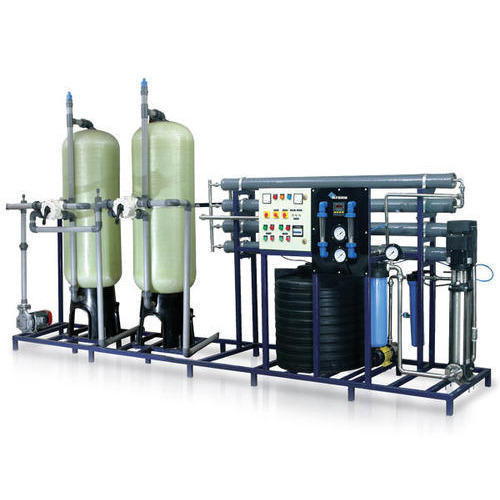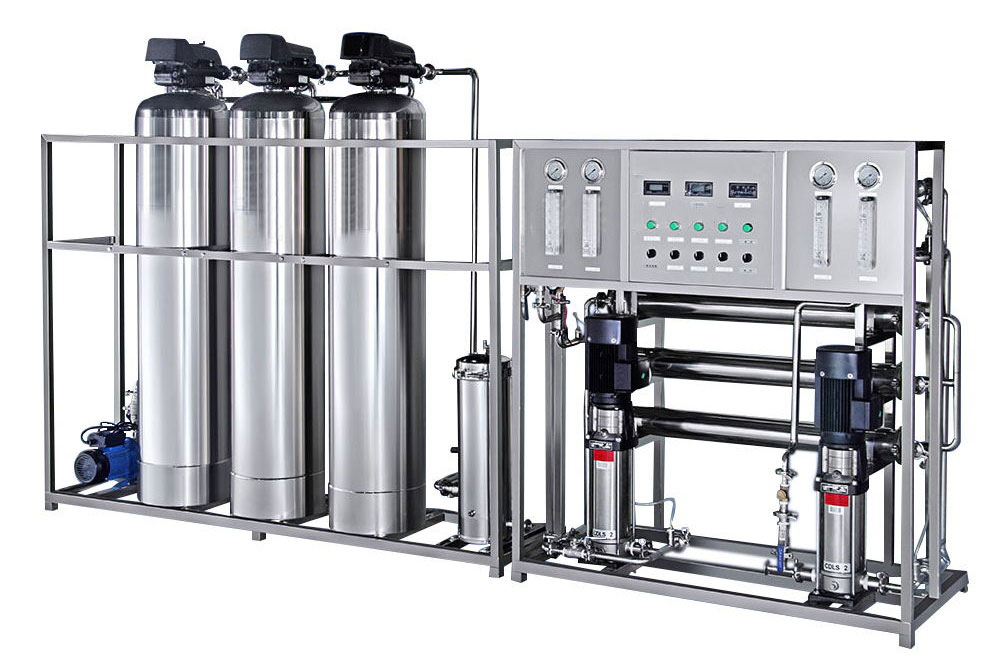Tell us about your project and we will find the best solution to start it !



Reverse Osmosis (RO) is a water treatment process that removes contaminants from water by using pressure to force water molecules through a semipermeable membrane. During this process, the contaminants are filtered out and flushed away, leaving clean, delicious drinking water.
![ro-water-plant-technical-process[1].png ro-water-plant-technical-process[1].png](/uploads/image/20230722/1690007407885911.png)
Melt Blown Polypropylene removes dirt, rust and sediment particles down to 5 microns. There are several different types of sediment cartridges.
Pleated filters feature increased surface area and longer life. These cartridges are washable and reusable.
Melt blown polypropylene filters are designed for the removal of dirt, rust and sediment from water. 5 and 20 micron are the most popular sizes for drinking water applications.
String wound filters are an inexpensive solution to your filtration needs. These cartridges come in a variety of media types and have a wide range of applications.
Coconut Shell Carbon Block Cartridge(s), 10 Micron removes chlorine, taste, odor and chemical contaminants.
Activated carbon block filters typically have a 0.5 to 10 micron filtration capability, making it also helpful for particulate filtration, removing taste and odor from chlorine, insoluble lead reduction, and demonstrating, in some cases, removal of Giardia and Cryptosporidium. A 5-stage reverse osmosis system has an third housing to hold an additional carbon block cartridge.
Sodium ion, that is, sodium ion exchanger, used to remove calcium ion, magnesium ion in water, make softening water ion exchanger. The calcium and magnesium ions that form the hardness of water are exchanged with the ion exchange resin in the softening device, and the calcium and magnesium ions in the water are exchanged with sodium ions, so that the carbonate scale and sulfate scale are not easy to form in the water, so as to obtain the softening water
The reverse osmosis process can remove a myriad of organic and inorganic contaminants from your tap water.
These systems specialize in removing chlorine taste and odor, rust, sediment and also alleviate common worries about public water by reducing or completely removing arsenic, asbestos, chromium, fluoride, lead, mercury, VOCs, THMs, giardia and cryptosporidium. For a more expansive list, view our contaminants removed by reverse osmosis list or our thin-film membrane particle size removal chart above.